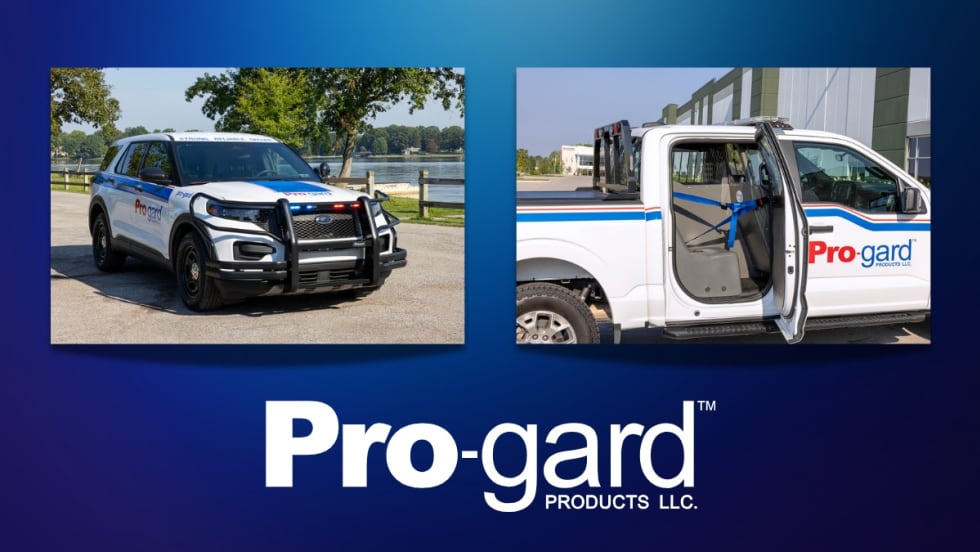There’s a common problem faced by many law enforcement agencies. They built a shooting range in a remote area of their jurisdiction years ago. Now that remote area is a residential neighborhood and the residents are not fond of their noisy neighbors, no matter how much the cops need to train. The residents complain to the media and to the city council, and the agency has to cut back on training or find a solution.
One solution is of course to move the range. It’s not always practical, and it can be very expensive and time consuming. In order to relocate a shooting range, you have to perform lead remediation on the property where the range was previously located, acquire property for a new range, and build a new range.













